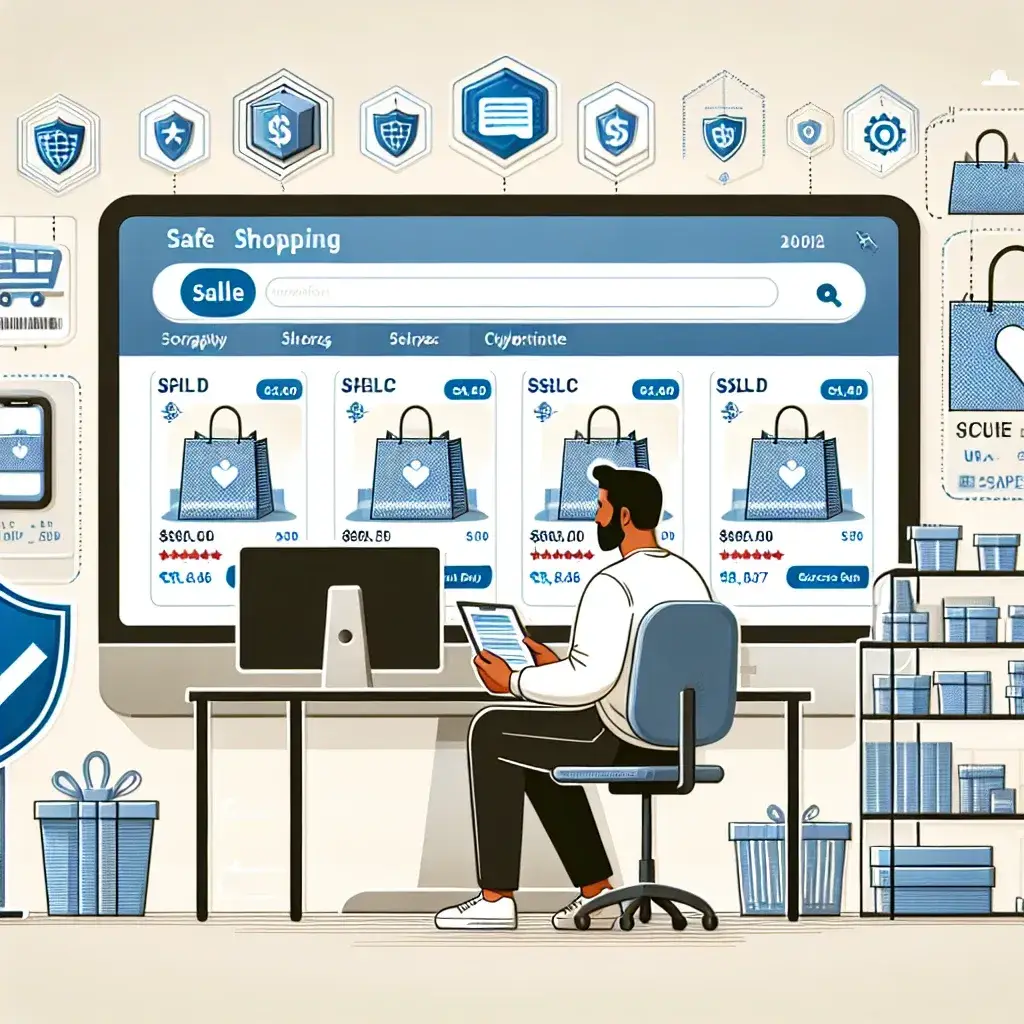Introduction
Prime Day is an exciting event for online shoppers, offering significant discounts on a wide range of products. However, it also attracts cybercriminals looking to exploit unsuspecting consumers. This article will guide you on how to shop safely during Prime Day using essential cybersecurity best practices.
Understanding the Risks
Before diving into the shopping frenzy, it’s crucial to understand the potential risks associated with online shopping, particularly during promotional events like Prime Day. Cyber threats may include:
- Phishing Scams: Fraudulent emails or messages that appear to be from legitimate retailers.
- Malware Attacks: Malicious software that can compromise your device and steal sensitive information.
- Public Wi-Fi Risks: Using unsecured networks can expose your personal data to hackers.
Cybersecurity Best Practices for Prime Day
1. Use Strong Passwords
Creating strong and unique passwords is your first line of defense against cyber threats. Ensure your passwords are at least 12 characters long, combining uppercase and lowercase letters, numbers, and special characters. Avoid using easily guessable information, such as birthdays or names.
2. Enable Two-Factor Authentication (2FA)
Whenever possible, enable 2FA on your accounts. This additional security layer requires not only your password but also a second form of verification, such as a code sent to your mobile device, making it much harder for unauthorized users to access your account.
3. Shop on Secure Websites
When shopping online, always ensure the website is secure. Look for URLs that start with https:// rather than http://. The ‘s’ indicates a secure connection. Additionally, check for a padlock icon in the address bar.
4. Be Wary of Phishing Attempts
Cybercriminals often create fake websites or send emails that mimic legitimate retailers. Always verify the sender’s email address and avoid clicking on links in unsolicited messages. Instead, navigate to the retailer’s website directly from your browser.
5. Use a Virtual Private Network (VPN)
Using a VPN can help protect your privacy when shopping online, especially on public Wi-Fi networks. A VPN encrypts your internet connection, making it difficult for hackers to intercept your data.
6. Keep Your Software Updated
Ensure that your browser, operating system, and security software are up to date. These updates often include security patches that protect against known vulnerabilities.
7. Monitor Your Accounts Regularly
After shopping, keep an eye on your bank and credit card statements for any unauthorized transactions. Early detection can help mitigate the impact of potential fraud.
8. Use Secure Payment Methods
Consider using secure payment options, such as virtual credit cards or payment services like PayPal, which add an extra layer of protection while shopping online.
9. Be Cautious with Deals that Seem Too Good to Be True
While Prime Day offers significant discounts, be cautious of deals that seem overly enticing. Research prices and read reviews to ensure you’re not falling for a scam.
10. Educate Yourself
Stay informed about the latest cybersecurity threats and trends. Knowledge is power, and understanding the risks associated with online shopping can help you make safer choices.
Conclusion
By implementing these cybersecurity best practices, you can enjoy a safer shopping experience during Prime Day. Remember, while the excitement of finding great deals is thrilling, protecting your personal information should always be a top priority. Happy shopping!

